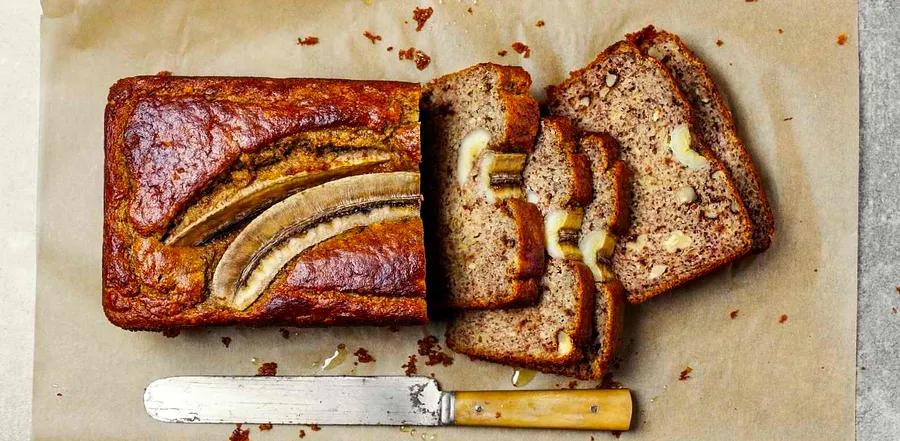This 10-Item Grocery List Will Keep You Set for the Week

During my five years in New York City, I carried groceries everywhere—from the subway to climbing six flights of stairs. Shopping was a workout, so I did one big trip per week and made sure everything I bought was light enough to carry home. That experience taught me a lot about creating an efficient and smart grocery list.
No matter where you live, sticking to a concise grocery list is key when cooking for one. It saves you time, money, and helps reduce food waste. You can still cook all your favorite meals, but you'll likely get more inventive with fewer ingredients. Here's how to create the ultimate grocery list with just 10 items.
Organize Your Meals Before You Shop
The foundation of a successful grocery list is always meal planning. By mapping out your meals for the week, your shopping trip becomes faster and more focused. Planning ahead prevents those impulse buys and saves you from realizing you missed an ingredient once you're home.
Start with a go-to meal you love or find easy to prepare, then figure out which proteins or starches you'll need. From there, add items from each main food group to your list. By the end of the week, challenge yourself to get creative with ingredients and avoid another grocery run unless absolutely necessary.
Organize Your List by Key Categories
A successful 10-item grocery list combines two key principles: variety and strategy. By choosing at least one item from every section of the store, you ensure a diverse set of ingredients that will keep your meals exciting all week.
Here are some categories you can consider when shopping. The idea is to pick one item per category, but don’t feel bound by this format. Feel free to adjust categories or add extra items to fit your preferences!
Sample 10-Item Grocery List for One:
- Fruit: bananas, berries, or mangoes
- Raw Vegetables: avocados, mixed greens, or cucumber
- Cookable Vegetables: Brussels sprouts, sweet potatoes, or cauliflower
- Protein: chicken, beef, fish, tofu, or eggs
- Starch: pasta, quinoa, or rice
- Legume: chickpeas, black beans, or lentils
- Dairy: milk, yogurt, or cheese
- Breakfast Items: oats, cereal, or granola
- Pantry Essentials: jarred sauce, spices, or herbs
- Wildcard: tortillas, bread, or chicken stock
This is your list to customize. For instance, if dairy isn't a staple for you, swap it for nut butter, more fruit or vegetables, or something else that fits your needs. The 'wildcard' category is a space to think ahead about useful items you may need. Keep in mind, some items, like rice or mustard, may last longer than a week, giving you more options for meals later.
Let’s turn this list into meals. For breakfast, mix things up with cereal, yogurt topped with granola, fruit, scrambled eggs, or toast. You might buy only a few breakfast items one week, but then switch it up the next. For lunch or dinner, begin with a protein, a vegetable, and a starch. Beans are great for stretching these meals further.
Get Creative with Your Groceries
As the week goes on, embrace the art of repurposing. Use up ripe fruit in smoothies, baked oatmeal, or overnight oats. Omelets and frittatas are perfect for using up leftover produce. Tortillas can turn proteins, beans, rice, and veggies into burritos. Canned tuna makes a great salad, tuna melt, or casserole filling. And soups, chili, or stir-fries are excellent ways to clear out your fridge or pantry.
Evaluation :
5/5



